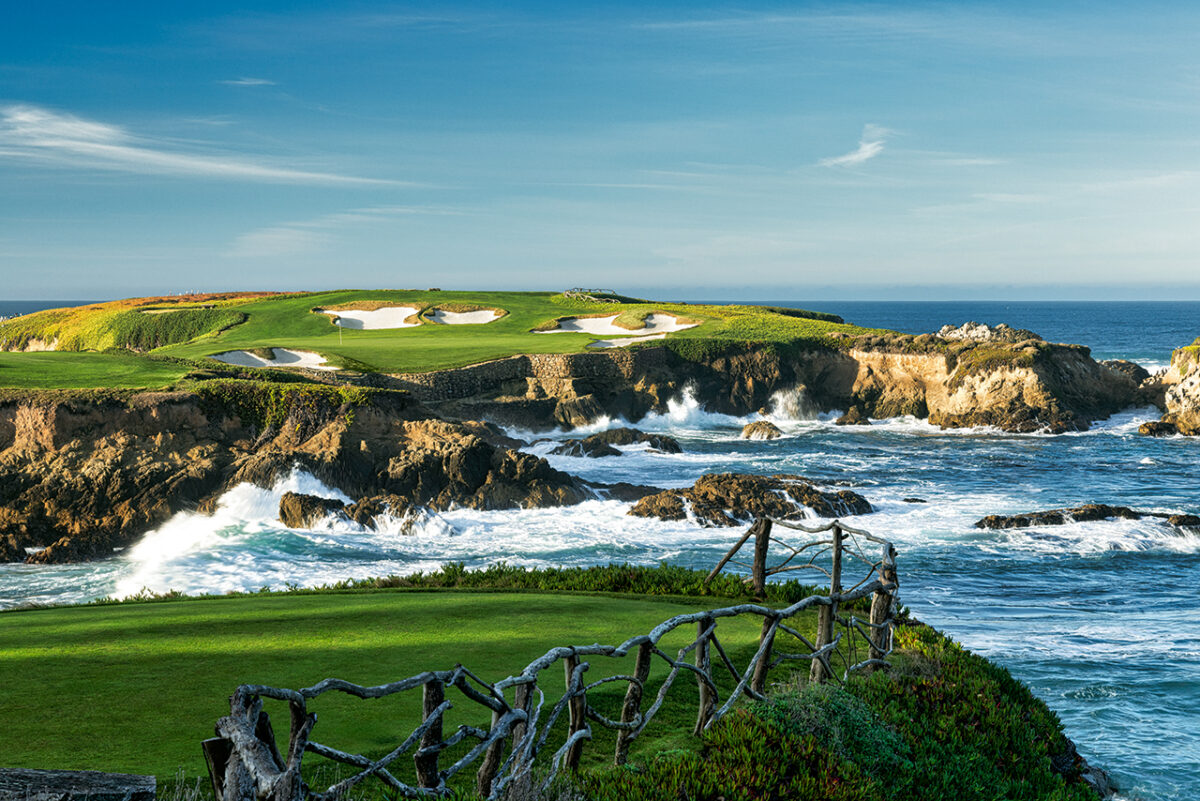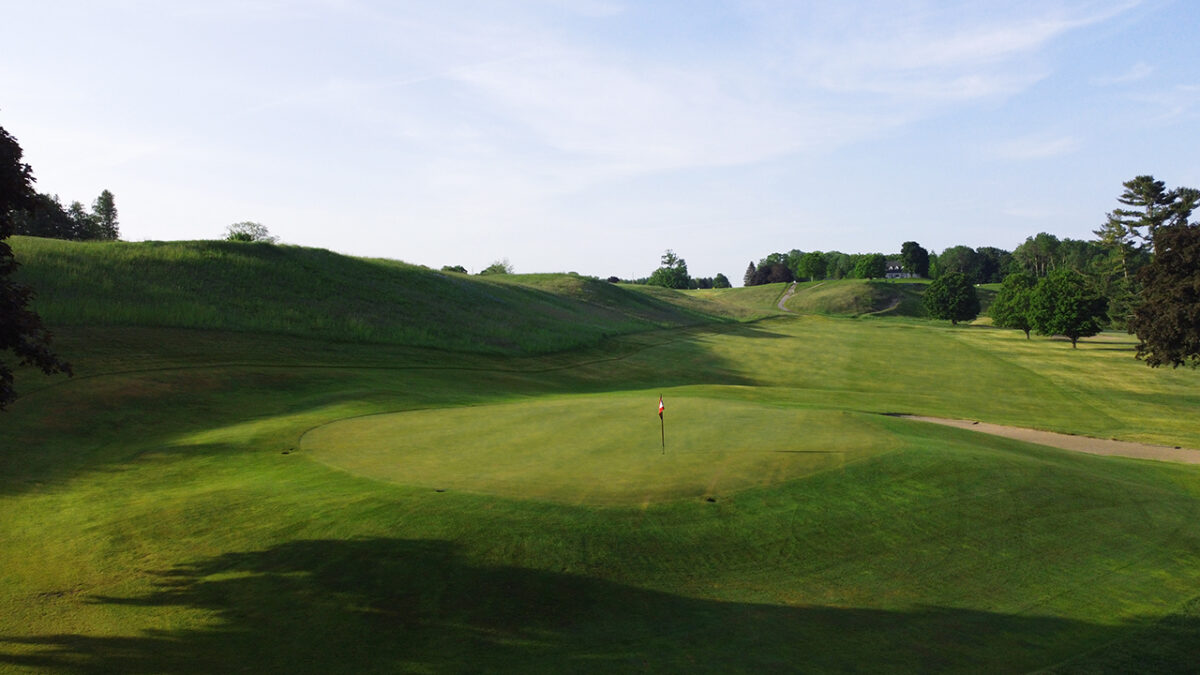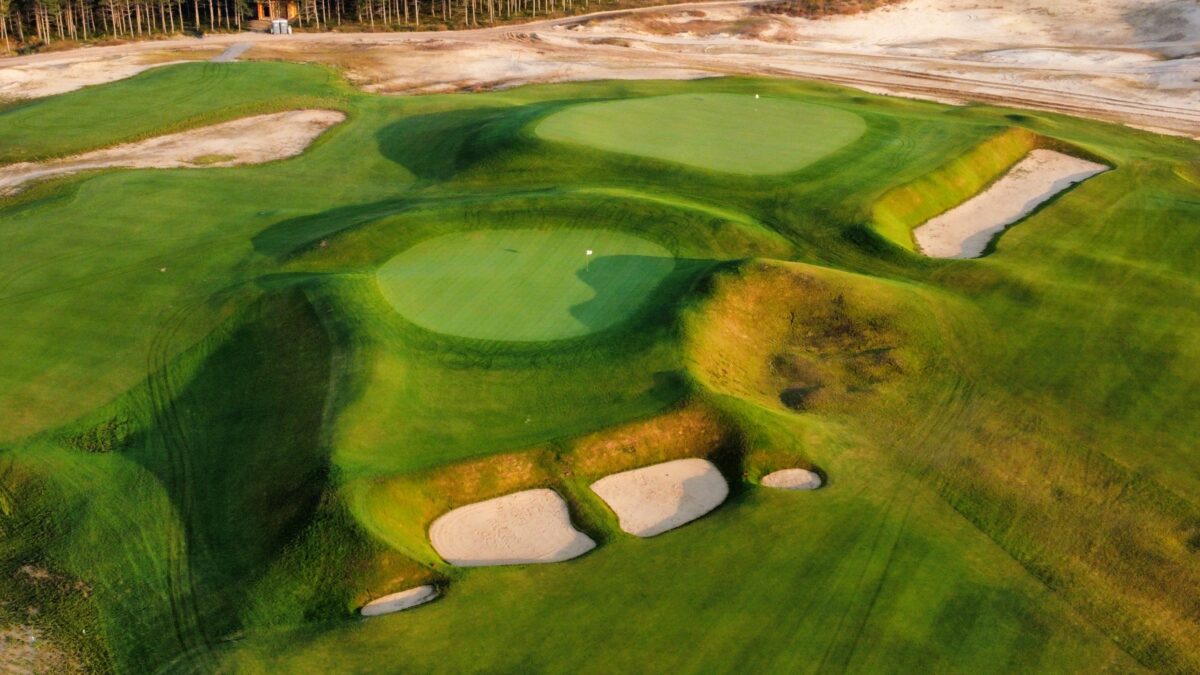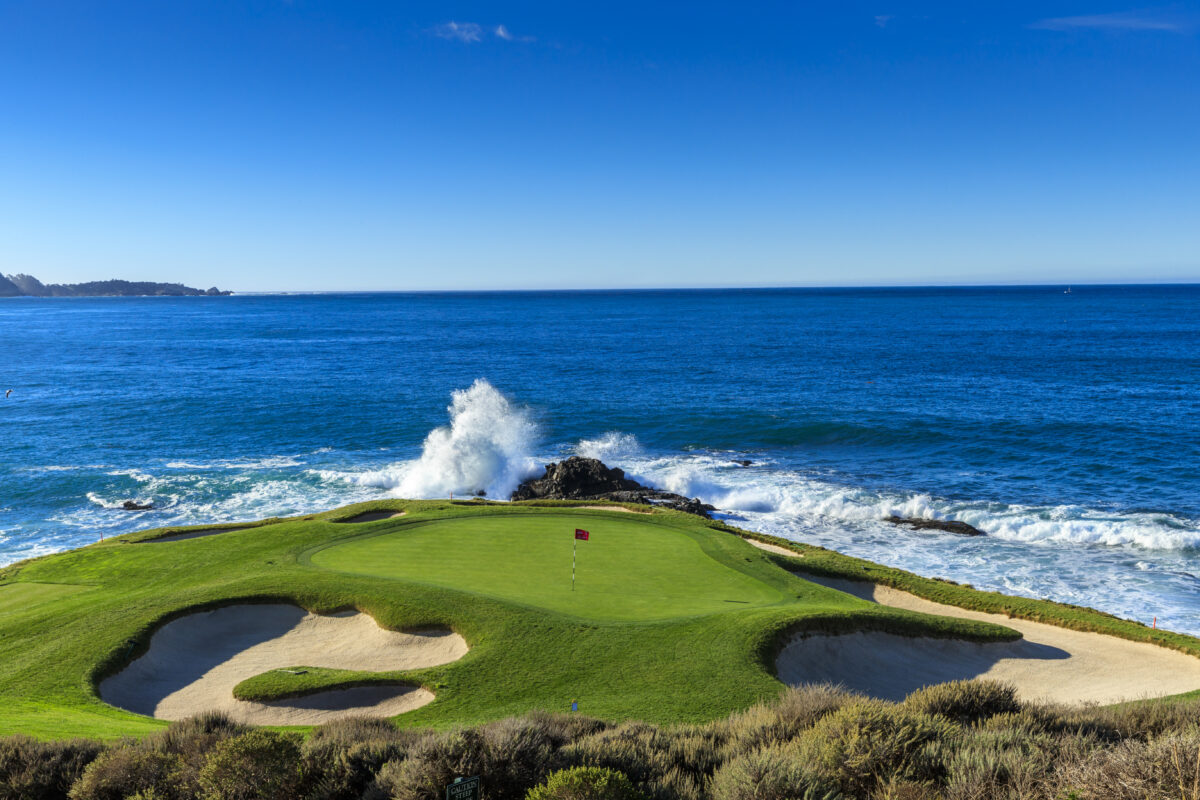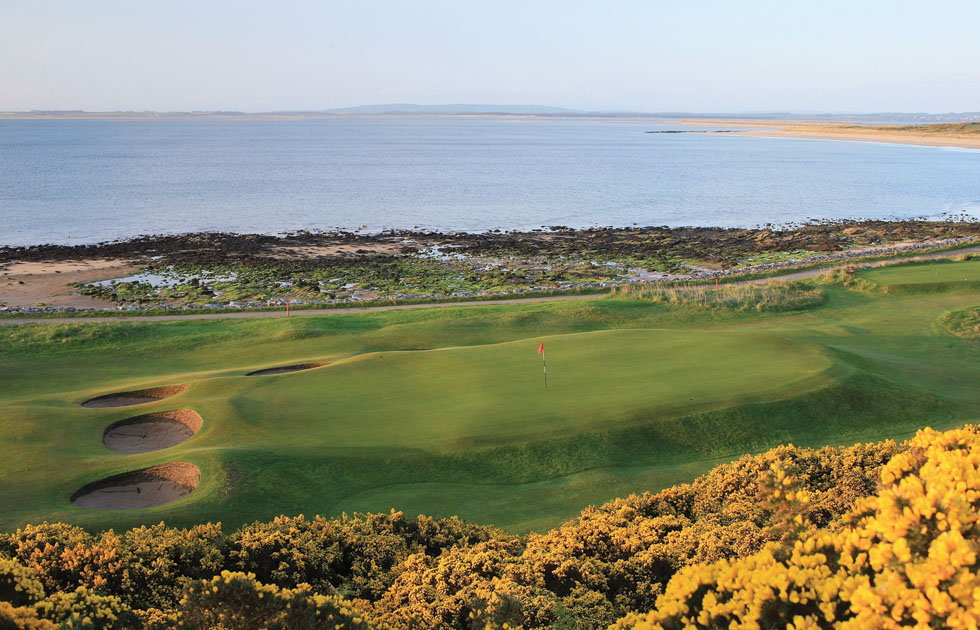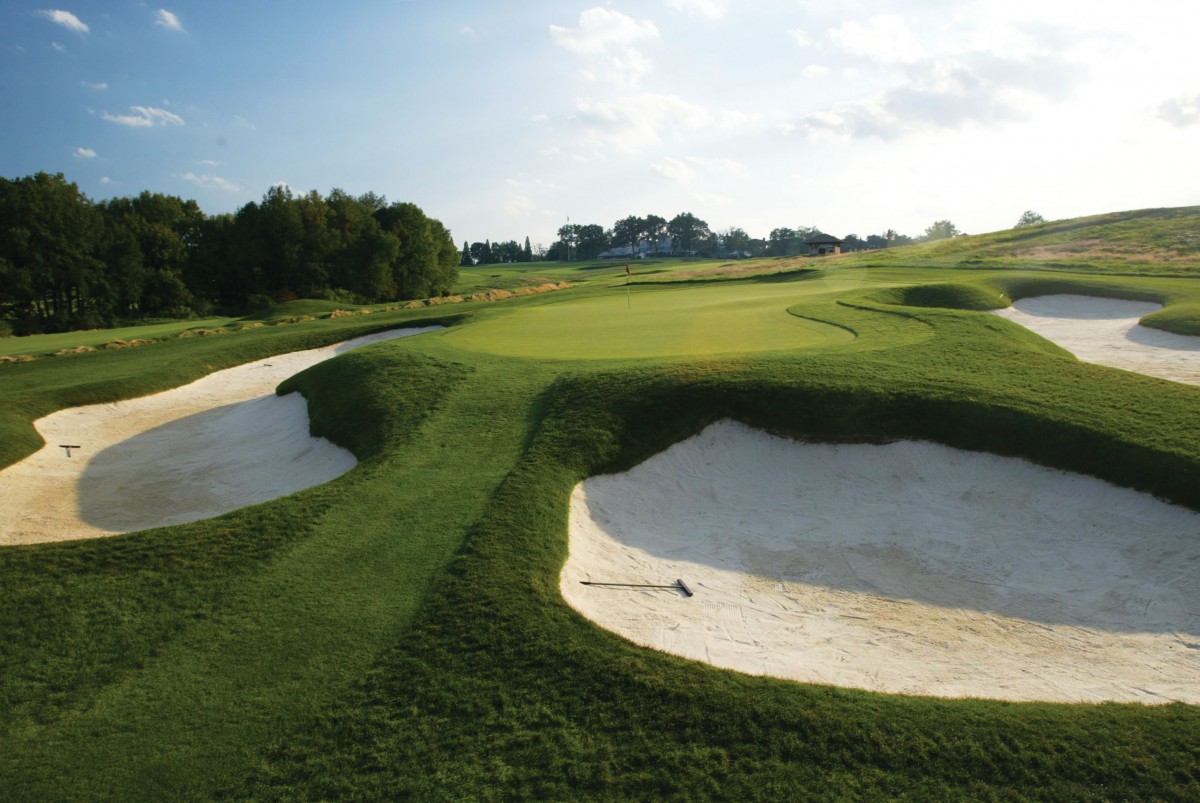Editor’s note: It’s not quite a seismic change in the Golfweek’s Best rankings, but this year Cypress Point in California has passed Pine Valley in New Jersey as the No. 1 Classic Course built in the U.S. before 1960. It’s a matter of decimal points as the top courses jostle each other for position on the various lists, and that’s the case with Cypress Point and Pine Valley as well. In 2023, Pine Valley was No. 1 with a 9.62 average rating, and Cypress Point was No. 2 with a 9.60 average rating. When our lists were extracted from the Golfweek’s Best database this year, Cypress Point averaged 9.62, while Pine Valley came in at 9.60. Below, golf course architect Jay Blasi – who works with Golfweek as a rater advisor and contributes occasional stories – shares his thoughts on Cypress Point and how it stacks up using our Golfweek’s Best rater criteria.
. . .
Cypress Point long has been known as one of the most beautiful and exclusive golf courses on Earth. Golfers from around the world have seen the breathtaking photos in magazines of the coastline stretch and dreamt of playing the course.
Visitors to the Monterey Peninsula cruise through the golf course on 17-Mile Drive to within a few feet of the 15th tee, where the Pacific Ocean crashes hard against the rugged coastline. But only a tiny fraction of golfers will ever play the course. Those who do should understand that while the famed coastline holes are wonderful, it is the totality of the journey that sets Cypress Point apart.
For those guests lucky enough to get the invite, the anticipation is overwhelming. Turning into the driveway and past the sign that reads “CYPRESS POINT CLUB – MEMBERS ONLY” is a seminal moment in any golfer’s life. Players beaming with excitement meet at the tiny golf shop bursting with merchandise. It is a feeding frenzy as each player loads up on logo gear for themselves as well as every golf buddy they have ever met.
After the order of play is set and the caddies are introduced, it is time to hit the first tee shot – one of the scarier propositions in amateur golf. Here you are in the shadow of the golf shop, no warm-up, and you must tee off over 17-Mile Drive. The next four hours offer perhaps the greatest walk in golf.

The journey is like a nature stroll starting with a trek to the dunes on Nos. 1-3. From there you head inland to the forest for Nos. 4-7, then wander back into the dunes at 8 and 9. After looking out to the sea from the dunes, you dip into the forest at 10 and 11 then start a thrilling march out to the sea through the dunes at Nos. 12-14.
From No. 14 green, players cross the famed 17-Mile Drive and walk 85 yards overlooking the Pacific Ocean before arriving at the 15th tee. Nos. 15-17 all play along and over the rocky coastline with seals or sea lions as sleepy onlookers. The 18th plays from the coastline back into the forest uphill toward the clubhouse.
Most golfers know that Dr. Alister MacKenzie designed Cypress Point, and many know Marion Hollins was the developer. However, few know that before MacKenzie was hired, Hollins had engaged Seth Raynor – famed designer of such revered layouts as Chicago Golf Club, Fishers Island, Yale and Yeamans Hall – to design the course. Raynor’s sudden death in 1926 opened the door for Hollins and MacKenzie to become perhaps the greatest developer/designer team of all time.
Following is how I have rated Cypress Point in the 10 categories that Golfweek uses for each course. The hundreds of raters who help compile Golfweek’s annual best-of course lists look at 10 topics, then give each course an overall ranking. Each category is assigned a rating of 1 through 10, then a course is given a non-cumulative overall rating.

Cypress Point raters notebook
1. Routing: 9 (on a scale of 1 to 10)
The way the course weaves through the dunes, forests and coastline is a master class in routing. Had the 18th hole turned left instead of right and finished below the clubhouse with the coastline as the backdrop, it would undoubtedly be the best routing in the world.
2. Consistency with original design: 10
Over the past 10 years or so the team of Bill Coore and Ben Crenshaw has worked with the club to ensure the course is presented in line with its origins.
3. Overall land plan: 9
The clubhouse is situated where it can look over the ocean without taking away frontage from the course. The maintenance facility is discreetly hidden amongst the forest. Homes on the perimeter of the course don’t detract from the beauty.
4. Greens and surrounds: 8
With a mix of sizes, shapes and contours, each fits beautifully into the varied landscape. Perhaps the most noteworthy is the uber-skinny ninth set within the dunes almost perpendicular to the line of play.
5. Variety and memorability of the par 3s: 10
The long 16th over the ocean to an isthmus is often considered one of the top par 3s in the world. Its little brother, the coastline-hugging 15th, might be more loved as it plays only about 130 yards. The inland one-shotters at 3 and 7 make great use of the biggest dune on the property.
6. Variety and memorability of the par 4s: 9
The drivable ninth is one of the better short 4s around. The stretch of 11-14 – all playing west and each moving from left to right – sounds repetitive, but each is a brilliant use of natural landforms.
7. Variety and memorability of the par 5s: 7
MacKenzie broke the rules at CPC with three par 5s in the first six holes, including back-to-back at Nos. 5 and 6. A draw off the tee will help at 2, 5 and 6. The bunkering on No. 5 in the forest is some of the most beautiful you will find.
8. Tree and landscape management: 9
The team at CPC has gone to great lengths to restore dune scapes and manage forests. The cypress and Monterey pines add to the allure as players weave from one landscape to another.
9. Conditioning: 9
Jeff Markow, the longtime superintendent at CPC, has the golf course and grounds better than ever leading up to the 2025 Walker Cup. The playing surfaces are firm and true, while areas off the fairway are beautiful and playable.
10. “Walk in the Park” test: 10
In March of 2022 I was lucky enough to join my good friend, Jason Bruno, for a day at Cypress Point. He even had me invite my dad to join us, something I had been trying to do for 20-plus years. As we walked up the 13th fairway heading towards the Pacific, I asked my dad, “So, what do you think?” He replied “I’ve been playing golf for almost 70 years, and this is my favorite round of golf ever.”
Overall: 9.3
One of the greatest golf courses in the world. The breathtaking beauty of the setting and the brilliance of the routing may be unmatched in the game. If ever given the chance to play Cypress Point, the answer is always, “Yes, I’m available.”
